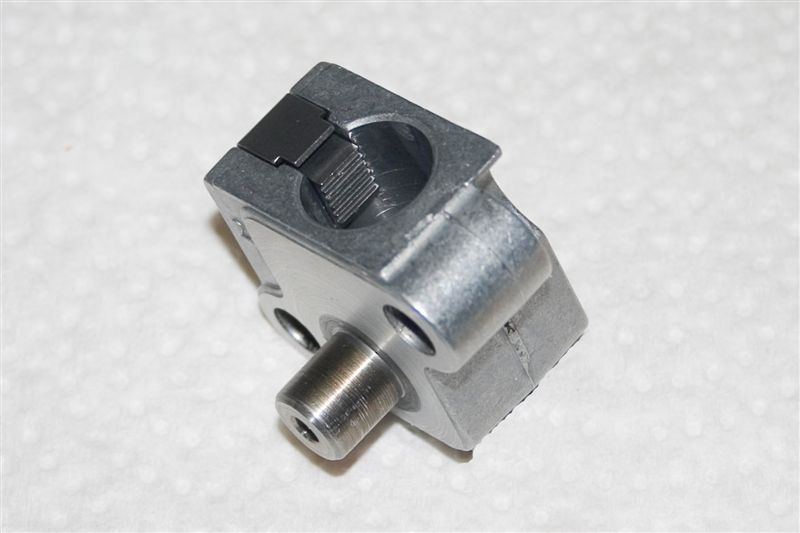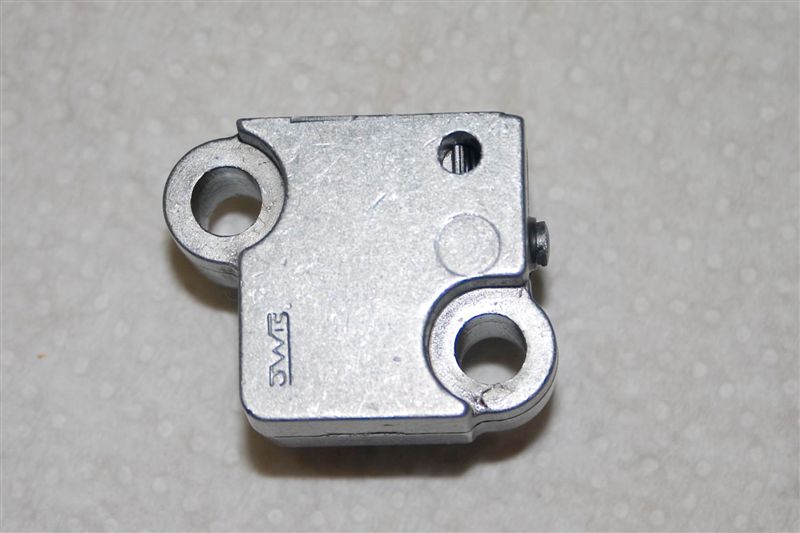1

 Timing Chain Tensioner problem of a different kind. Sun Apr 01, 2012 9:38 pm
Timing Chain Tensioner problem of a different kind. Sun Apr 01, 2012 9:38 pm
MLR
active member

I’ve been trying to track down a localised vibration problem with my ‘91 K75RT for years (not the purpose of this post) and as a last resort I thought I’d check what’s behind the timing case cover as it’s possibly about time to do so (115000 km) ... and who knows?
Took off the cover and all appeared normal at first glance. The chain tensioner isn’t extended very far, implying that there’s not much wear in the chain.
Took out the torx screws on the chain top guide rail and found there’s virtually no wear at all. Reassuring! Next step was to remove the chain tensioner, followed by the tensioner blade with its plastic face and the plastic chain guide. The problem is I can’t remove the chain tensioner. Haynes says compress its piston and withdraw it. It compresses about 1/8 inch (it’s not extended much further than that) but the unit only comes out a little way and there’s not enough clearance from the tensioner blade. Clymer says to pivot it clockwise and disengage it from the tensioner blade. Same thing - no clearance. I tried pulling the tensioner blade off its mount as far as it would go and that allowed the chain tensioner unit to come out quite a bit further, but not enough to remove it. Besides it was placing lateral stress on the tensioner blade plastic face and I was afraid that might break.
The only way I can see getting the tensioner unit off is to remove the lower cam chain sprocket but I’m reluctant to do that. Some would say to just put it all back together and forget it. They’re probably right but that phrase "Peace of Mind" crops up. Because I’ve gone this far I really would like to check the other guides and give the tensioner a flushing as there is a certain amount of rattling from the area.
However there’s something else about the tensioner unit that I’ve noticed. It is different from any of the pictures I’ve seen of them in Clymer or elsewhere. What’s different is that it has a blind orifice in the top right hand corner and a metal plate on one side that’s held in place by either a rivet or a screw. If it’s a screw then the head has been ground off. Is there something else about this thing that’s different that I can’t see? Like is the shaft that inserts into the oil supply longer than what’s usual, preventing it from easily being withdrawn?
I want to post a photo of it but I'm not sure how to do it. Help please.
If anyone has any experience with this or any ideas or suggestions I would really like to hear from them.
Took off the cover and all appeared normal at first glance. The chain tensioner isn’t extended very far, implying that there’s not much wear in the chain.
Took out the torx screws on the chain top guide rail and found there’s virtually no wear at all. Reassuring! Next step was to remove the chain tensioner, followed by the tensioner blade with its plastic face and the plastic chain guide. The problem is I can’t remove the chain tensioner. Haynes says compress its piston and withdraw it. It compresses about 1/8 inch (it’s not extended much further than that) but the unit only comes out a little way and there’s not enough clearance from the tensioner blade. Clymer says to pivot it clockwise and disengage it from the tensioner blade. Same thing - no clearance. I tried pulling the tensioner blade off its mount as far as it would go and that allowed the chain tensioner unit to come out quite a bit further, but not enough to remove it. Besides it was placing lateral stress on the tensioner blade plastic face and I was afraid that might break.
The only way I can see getting the tensioner unit off is to remove the lower cam chain sprocket but I’m reluctant to do that. Some would say to just put it all back together and forget it. They’re probably right but that phrase "Peace of Mind" crops up. Because I’ve gone this far I really would like to check the other guides and give the tensioner a flushing as there is a certain amount of rattling from the area.
However there’s something else about the tensioner unit that I’ve noticed. It is different from any of the pictures I’ve seen of them in Clymer or elsewhere. What’s different is that it has a blind orifice in the top right hand corner and a metal plate on one side that’s held in place by either a rivet or a screw. If it’s a screw then the head has been ground off. Is there something else about this thing that’s different that I can’t see? Like is the shaft that inserts into the oil supply longer than what’s usual, preventing it from easily being withdrawn?
I want to post a photo of it but I'm not sure how to do it. Help please.
If anyone has any experience with this or any ideas or suggestions I would really like to hear from them.






















